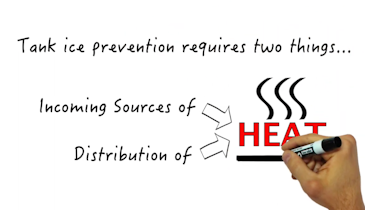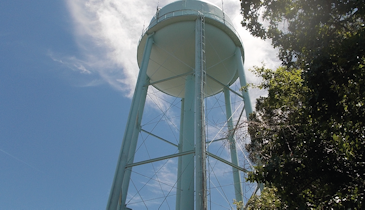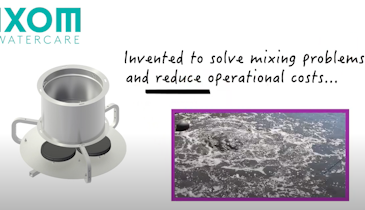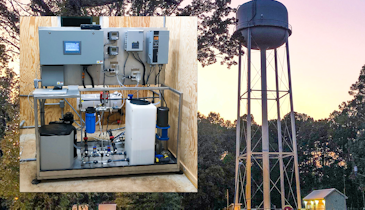
The following is an except from an interview with Brian Nutting, water quality Division Director for Development Authority of the North Country (DANC) in upstate New York.
Would you give us a quick overview of your organization and your role?
The Development Authority of the North Country is a public benefit corporation that serves several counties in northern New York. The Authority provides technical services and infrastructure that enhance economic opportunities in the region and promote the health and well-being of its communities. The Development Authority is self-supporting and owns and operates a number of revenue-based infrastructure facilities including a regional landfill, an open-access telecommunications network and the water and sewer lines that serve Fort Drum. I am the director of the Authority’s Water Quality Division.
What options did you consider when evaluating how to reduce THMs? Why did you decide to go with Ixom Watercare?
A typical solution for reducing THMs is to flush at dead ends of the water system. Since the Army Waterline is a transmission line, there are not dead ends.
We looked at other treatment techniques. We found spray aeration to be the most cost-effective and your system fit our application perfectly — it was made for storage tanks.
We then decided to install your THM spray aeration system at our Booster Pump Station 2 Storage Tank at Fort Drum.
Download the case study to read the rest of the interview.
Visit the Ixom Watercare Storefront





